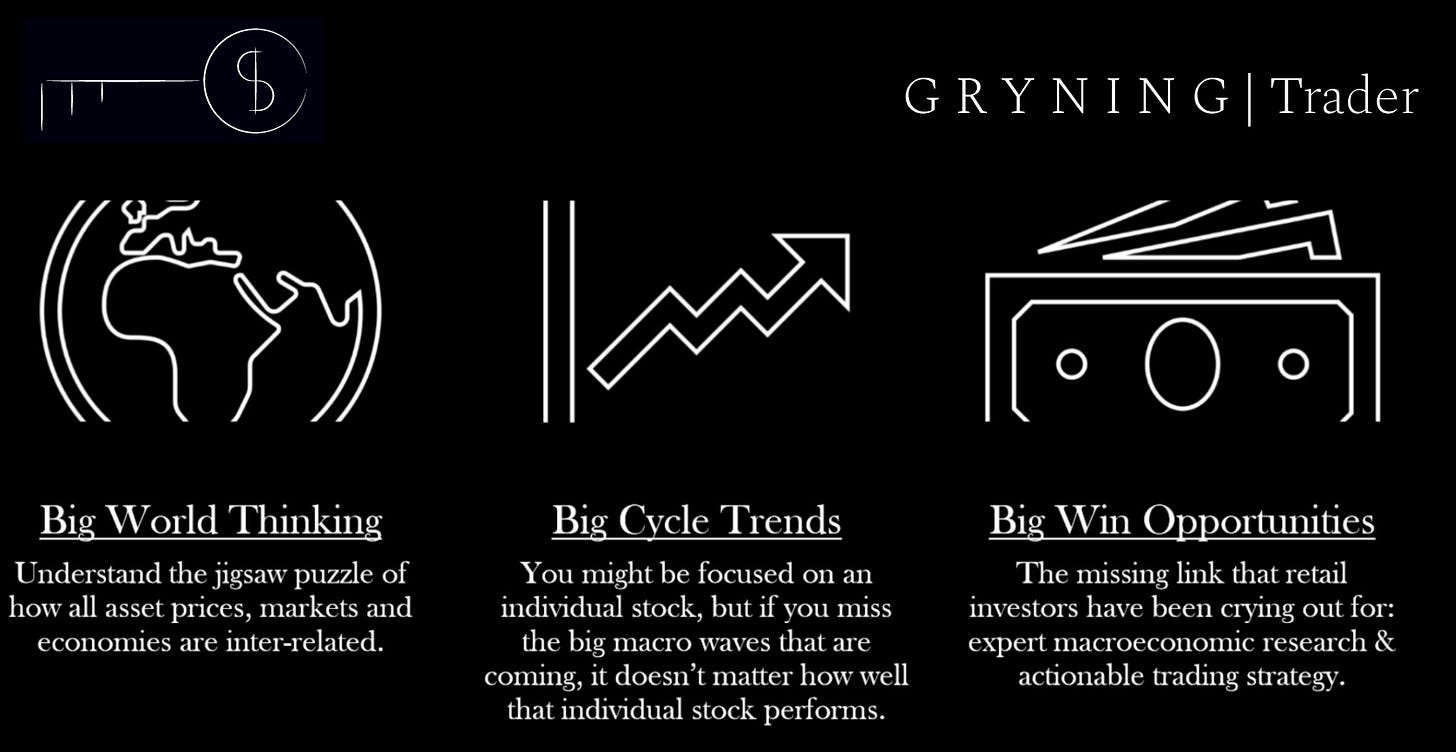Look Forward
Stocks in the US edged higher on Monday, kicking off June with gains despite rising global trade tensions.
The S&P 500 rose 0.4% and the Nasdaq gained 0.7%, while the Dow added 35 points.
Markets are watching for a potential call this week between President Trump and China’s President Xi, which could prove pivotal for trade clarity.
Meanwhile, Trump’s plan to double steel and aluminum tariffs to 50% rattled the EU, which warned the move undermines negotiations.
Steel stocks surged on the tariff hike, including Nucor (10.1%), Steel Dynamics (10.3%), and Cleveland-Cliffs (23.2%), while automakers like Ford and GM slid 3.8% each.
The Fed adopted its 2% inflation target back in 2012, and explicitly said it would be measured by the annual change in the price index for personal consumption expenditures.
That's PCE. Not core PCE, but headline PCE. Headline PCE for April, as reported this past Friday, was 2.1%.
The other part of the dual mandate, which the Fed says "stands on equal footing with price stability", is maximum employment.
We'll get the most recent employment data later this week. The last reading on the unemployment rate was 4.2%.
*The table above is from our weekly Commodity Chartbook, consider becoming a member to access 80+ pages for all things commodity. You can find last week’s chartbook here.
So, what's considered maximum employment?
It turns out, a Fed Governor (Kugler) gave a speech on "Assessing Maximum Employment" last month. What was her assessment? For the current situation, she said maximum employment is "in the vicinity of 4.2%".
So, the Fed is "in the vicinity of maximum employment" and a tenth of a percentage point away from its 2% target. Yet, it maintains a policy stance that still puts downward pressure on the economy (downward pressure on inflation, and upward pressure on the unemployment rate).
All along, the Fed has told us they are data dependent. Policy will follow the data. Well, the data is now saying: mission accomplished. And with that, they should be getting policy to the "neutral rate" – neither restrictive nor stimulative to economic activity.
Where is neutral?
According to the Fed's own Summary of Economic Projections: it's 3%.
So, why is the Fed still at 4.35%?
In holding rates this high, the Fed is putting undue pressure on the housing market, creating vulnerabilities. They're subtracting from economic growth, in an era of sub-trend growth. And they're adding hundreds of billions of dollars in debt service costs (self-inflicting) at levels of record indebtedness.
Why? The San Francisco Fed President now suggests the data isn't really good enough, after all. She says, "the data is an incomplete picture." They have to "look forward".
So, the goal posts are moving.
What else does this restrictive Fed policy stance do? It inflates the CBO deficit/GDP forecasts surrounding the budget. So, restrictive Fed policy becomes a lever to apply pressure on budget negotiations in Congress.
Keep in mind, this budget dismantles the climate agenda.
Whether intentional or not, the Fed stance indirectly serves as resistance to the rollback of the climate-centered economic model that much of the world has committed to and global central banks have coordinated over the years to support.








